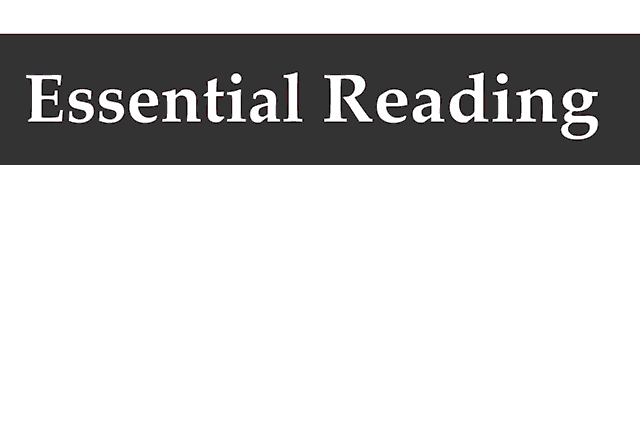December 7th, 2024
BURLINGTON, ON
“They just do whatever they want with no consideration for the rules, for accountability, for transparency and frankly, for what the data and science are telling them. This is a government that’s off the rails and they’re doing whatever they want at enormous expense to the people of Ontario.” So said the Auditor General for the province.
For the most recent fiscal year ending March 31, 2024, the Ontario government spent $103.5 million on advertising. This was over three times as much as what was spent in the previous fiscal year, $33.7 million, and the most the government has ever spent on advertising in a year.
Figure 1 shows the trend in government advertising expenditures over the past 10 fiscal years. As shown, spending follows a wave-like pattern that correlates with Ontario’s provincial elections. Spending climbed to peak in 2017/18 and again in 2021/22, the years immediately preceding provincial elections (held in June 2018 and June 2022). Spending dipped significantly in 2018/19 and 2022/23, the years immediately following those elections. The trend in expenditures was also impacted by higher costs in 2020/21 for health-related advertising about the COVID-19 pandemic.
 Figure 2 lists the top 10 advertising campaigns by expenditure. These 10 campaigns accounted for $95.2 million (or 92%) of the total amount spent on advertisements in 2023/24. The expenditure amounts include both the cost to create and/or produce the advertisement and to distribute it in the media.
Figure 2 lists the top 10 advertising campaigns by expenditure. These 10 campaigns accounted for $95.2 million (or 92%) of the total amount spent on advertisements in 2023/24. The expenditure amounts include both the cost to create and/or produce the advertisement and to distribute it in the media.
The Act applies only to advertisements published by “government offices,” namely provincial ministries, the Cabinet Office and the Office of the Premier. We do not review advertising by government agencies, such as Metrolinx or LCBO, or institutions in the broader public sector that receive government funding, like hospitals or colleges.
Under a 2005 agreement, we have the authority to review third-party advertising when an independent organization is funded by the government to promote something. If a government office funded the item, approved the content and permitted the party to use the Ontario logo, then the Auditor General is required to review the advertisement.
Second, certain kinds of ads that government offices purchase are exempted from our review. For example, job advertisements for specific roles are not considered eligible for review, as well as public notices required by law or for urgent matters affecting public health or safety.
Digital Advertising
This is the area that raises eyebrows.
Following Regulation 143/15 of the Act, our Office does not review some kinds of digital advertising engaged in by government offices. We do not review ad items that run on social media platforms, for example, advertisements on Meta, X or Instagram. We also do not review spending on search marketing services such as Google ads or search engine optimization.
Although we do not review these kinds of digital advertising items, we are empowered to report how much the government has spent on them.
 Figure 4 compares what was spent by the provincial government on reviewable and non-reviewable digital advertisements (social media and search marketing services) in 2023/24.
Figure 4 compares what was spent by the provincial government on reviewable and non-reviewable digital advertisements (social media and search marketing services) in 2023/24.
In the past fiscal year, the government spent a total of $12.8 million on digital ads and services that were excluded from our review. This marked an increase of more than 250% from the year prior, when $4.9 million was spent.
The majority of social media advertisements were run as part of larger, reviewable campaigns that used different delivery channels. For example, the Ministry of Transportation’s “Winter Safe Driving” campaign cost approximately $873,000 of which $156,000 was spent on social media advertising.
Some advertising campaigns were distributed solely via social media, such as the Ministry of Finance’s campaign about the Fall Economic Statement that cost $92,600.
Figure 4 shows the annual amounts spent by the government on social media and search marketing services over the last eight fiscal years. Non-reviewable search marketing services and social media buys are only a fraction of the digital media landscape.
The Auditor General cannot force the government to do anything. The reports issued are public and frequently result in strong public reaction – something some governments are known to respond to.
Her recommendations and the government response.



















Sounds like City of Burlington and their heavily-funded and ever-growing Communications Department – think of all the signs throughout the city, the advertising in our local papers (the ones which then tend to never dare utter a critical commentary on anything council or the city does, yet claim to be “journalists”). Then we have the council newsletters and the Mayor’s trip with staff members to IKEA (?!) to meet the public and take photos; the giant COB advertisement that is Food for Feedback – they still won’t say how much that costs – the Mayor even has her own tent for heaven sakes.
We need an audit done of the advertising costs here. Seems like this is the way of politicians now – all about the spin, the ads, the headlines without any actual details and facts, the social media posts, and especially all about the politicians themselves and their own image for whatever they run for next. Public service? Nope. Past promises? Nope. Just getting down to work and spending our money responsibly? Nope.
I don’t see where it is Illegal for the government to advertise.